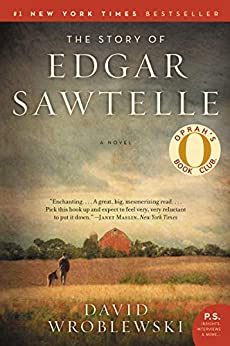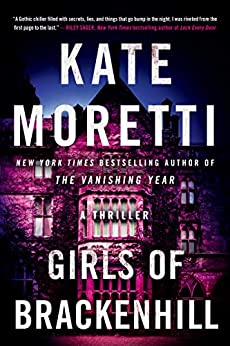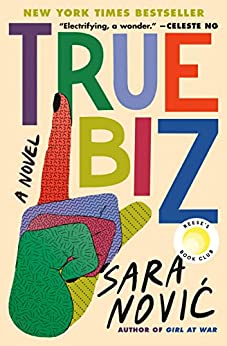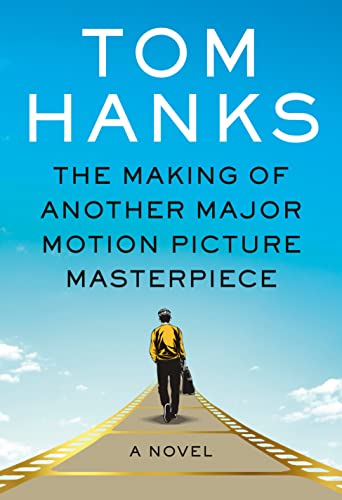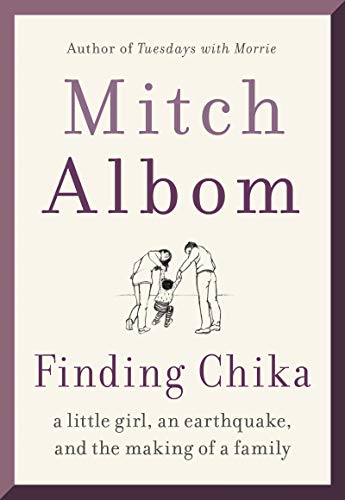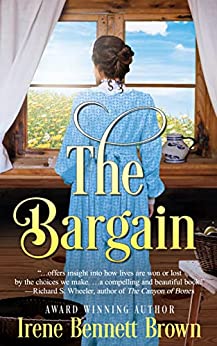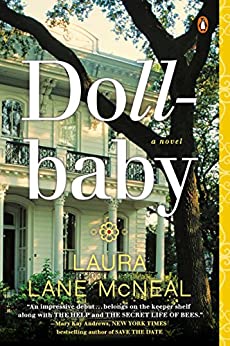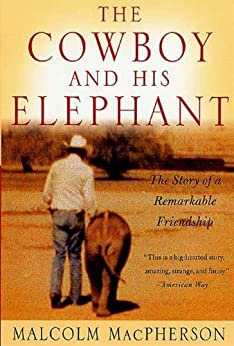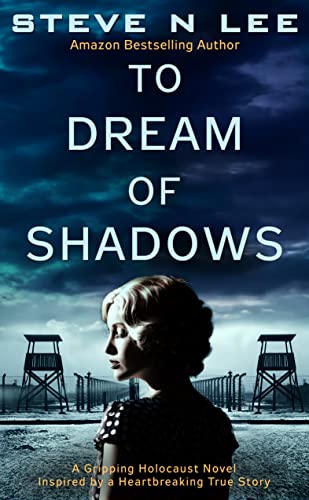Someone Else’s Secret: A Novel by Julia Spiro, kept my rapt attention from beginning to end. The story takes place on Martha’s Vineyard and Boston, Massachusetts over a ten-year period, beginning 2009.
Lindsey Davis has just graduated from college with an art degree that she hopes will eventually lead her to a position as an art curator. She accepts a summer job as nanny with a wealthy influential family who may help her land a position in Boston’s exclusive art world. Lindsey, twenty-two, is an attractive young woman, but is self-conscious about her large breasts which brings her unwanted attention from men, and resentment from women. She comes from a working-class family and feels out-of-place with the wealth she sees on Martha’s Vineyard. A college classmate who also summers on the island befriends her and invites her to a beach party which helps Lindsey meet young people her age.
Georgina (Georgie) is almost fifteen, is self-conscious about her body, feels overweight, unpopular, and resents having a nanny live with them, although Lindsey is really there for Georgie’s younger brother, Berty, five. Georgie is eager to be grown up, to have independence and yearns for her first love.
Over the summer, Lindsey and Georgie become close. They spend time together at the beach-front Country Club while Berty plays with friends. Georgie feels she can talk to Lindsey about things she can’t with her mother.
Toward the end of summer, Lindsey’s job situation at a Boston art gallery looks promising. Georgie is infatuated with an older boy, a man really, who pays special attention to her.
Then, one night by the lighthouse, a shocking act occurs that ensnares Lindsey and Georgie in a terrible secret. Their friendship is shattered. They each go their own way, Lindsey to an art gallery position, and Georgie to attend high school in Boston.
Ten years go by before they see each other again and dare to discuss the incident that tore them apart. Each has suffered the consequences of that terrible event. Once they confront it together, what they must do becomes clear.
Someone Else’s Secret is a timely novel that explores the traumatic events women and girls often face. The author does a good job describing the various reactions of both the young woman and the teen, and the strength of female friendship. I highly recommend this work of contemporary fiction to women and girls who are striving to know themselves and to understand the world in which they live.



